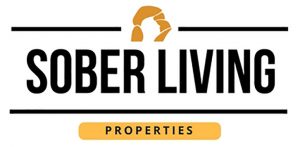Living in a safe environment while working through addiction recovery is a critical part of this successful process. These environments serve as an interim facility between in-patient rehab and a return to the person’s normal living situation. The goal is to provide a living situation that also offers the support and structure that recovering addicts need to continue on their path to sobriety. Many of these environments incorporate 12-step programs, which, if started in a rehab facility, help the person, continue on their path.
There are some basic requirements that most safe environments incorporate into their structured living. The obvious rules of no drugs, alcohol, violence or overnight guests are a pretty standard starting spot. Other facilities also require active participation in recovery meetings, random drug/alcohol testing, on-time payments and an active participation in work, school or other outpatient programs. The overall goal is to create an environment in which the recovering addict can most successfully re-incorporate himself or herself into the outside world. The biggest differences being they now have the skills and tools to maintain a sober lifestyle.
The residents of these safe environments are afforded a level of independence and personal freedom to foster the rebuilding of their lives. The majority of residents have come directly from an inpatient program although this is not a requirement. Most sober living facilities require 30 days of sobriety to be considered for the program. Many of these homes are community living facilities so in-house chores and kitchen duty are normal parts of the everyday life.
Many of these environments are funded through the state but most are independent. This affords the home a higher level of flexibility with regards to treatment programs and affordability. Health insurance also covers costs for some residents. Inpatient programs and facilities are often combined with save environments for sober living. This offers the facility an additional funding channel in which to offset the costs related to running a sober living home.
Sober and safe environments provide a critical interim step on the path to sobriety where people in recovery can live. This is a supervised and sober living environment with structure and rules. These include curfews, meetings and, as mentioned above, chores. These folks in recovery have a safe place in which to learn how to start their lives over from the ground up. This transition often includes changing jobs and even eliminating friends and loved ones from their lives who provide nothing more than a slippery slope down towards addiction.
Visit Next Level Recovery




Leave a Reply
Want to join the discussion?Feel free to contribute!